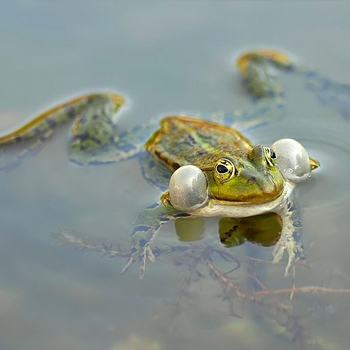Why do cells have chloroplast and mitochondria?
2 Answers
Below
Explanation:
Chloroplast is found only in plant cells because it is used in the process of photosynthesis by plants. The green colour on the leaves of the plants are in fact chloroplasts. Hence, if leaves are variegated, where parts of the leaves are perhaps white in colour, no chloroplasts are present and so photosynthesis cannot occur there. The photosynthesis equation is given below, 

